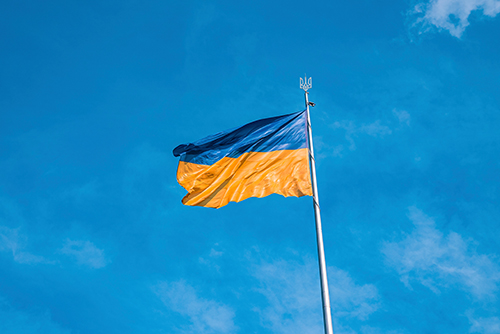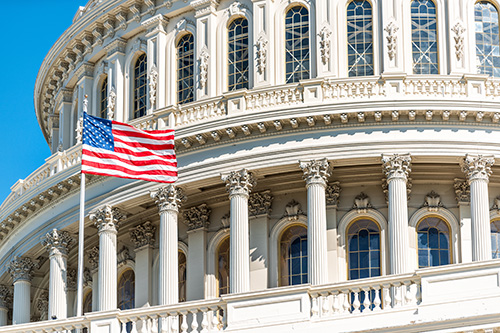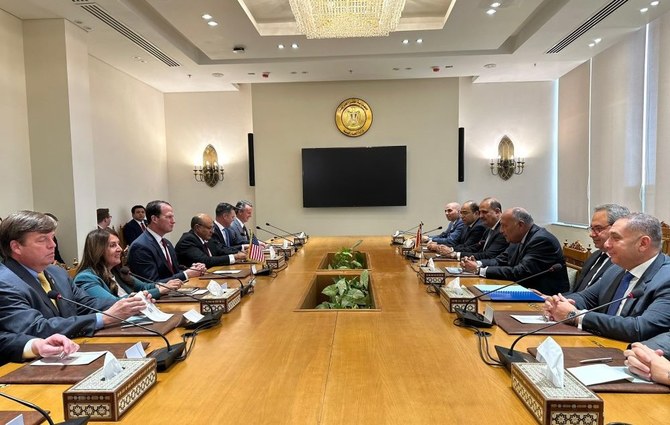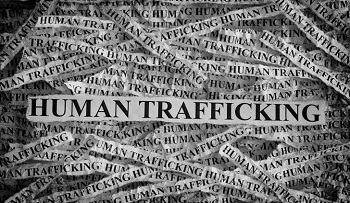Tackling Terrorism 3.0: Cultural, Cryptocurrency and Dark Web Challenges
 The shift by terror organizations to the web around 2005 (Al Qaeda, et al.) moved terrorism from the confines of print material and phone conversations into the mainstream. The impacts felt over the past decade were multifold, as this move was coupled with massive global generational and cultural shifts.
The shift by terror organizations to the web around 2005 (Al Qaeda, et al.) moved terrorism from the confines of print material and phone conversations into the mainstream. The impacts felt over the past decade were multifold, as this move was coupled with massive global generational and cultural shifts.
What happened?
As Millennials and Generation X quickly moved from adolescence into adulthood, we rapidly went from the dot com boom of the late 1990s to the social media boom of 2008. Countries and companies outside of the social media bubble were slow to adapt — while a surprising quick adaptor happened to be terror organizations.
Why?
Traditionally, terror and insurgent organizations have historically communicated through word of mouth. Social media simply facilitated the move of word of mouth from physical messages and conversations to digital communications. This jump also opened the door to public and private conversations that allowed for widespread messaging, at almost no cost, with far reaching impacts.
Arab Spring and the Rise of Crypto
In 2010, a wave of revolution started in Tunisia and quickly spread to Libya, Egypt, Yemen, Syria, and Bahrain. The aim was simple: economic equality, democracy, and regime change from the strongmen leaders of the last century. While changes from the overthrow of Hosni Mubarak in Egypt to the collapse of Libya, following Secretary Clinton’s intervention, resulted. A hoped-for, long-term shift turned out to be protracted civil wars and conflicts with a mixture of successes.
An unexpected outcome of the Arab Spring was the massive proliferation of social media tools — both online and through SMS messaging (for example: when Egypt turned off Internet connectivity, Twitter increased the ability for users to send and receive Tweets via SMS). Danah Boyd provides a rather comprehensive analysis and the University of Washington notes that:
“During the week before Egyptian president Hosni Mubaraks resignation, for example, the total rate of tweets from Egypt — and around the world — about political change in that country ballooned from 2,300 a day to 230,000 a day. Videos featuring protest and political commentary went viral – the top 23 videos received nearly 5.5 million views. The amount of content produced online by opposition groups, in Facebook and political blogs, increased dramatically.”
Parallel to the rise of the Arab Spring, the world saw the development of cryptocurrencies — specifically the dawn of Bitcoin. While Bitcoin made a strong proof for the use of a digital replacement for traditional currency — it made an equal proof for its use as a payment source for all things illegal.
Fast forward from 2010 to now and we’ve seen the proliferation of terror funding, in ways that are difficult to track. The DOJ has raised the issue of ISIS funding through Bitcoin and more recently a Long Island Woman was indicted for online and financial support of terrorists.
From Crypto to the Dark Web to New Horrors
While the U.S. Military and her allies have been effective in curtailing ISIS’s activities through social media on the known web, they are continually facing tactical challenges with ISIS changing their tactics to known social media channels.
Beyond known social channels (Twitter, Facebook, Instagram, Snapchat), and group social channels (Telegram, Weibo, Kakao, Line), the Darkweb has become recruiting ground and funding funnel for ISIS. This includes the sale of illegal arms, humans, and to fund and facilitate terror operations.
The more horrific and complicated issue is the move of ISIS from illegal arms and drug sales to organ harvesting and trafficking.
So Where Do We Go From Here?
Terrorism has moved from organizations seeking statehood through the 00’s to decentralized and often autonomous organizations that hide and live on the Dark Web, while continuing to pose a threat on the known internet. As I outlined, in Part 1 of this series, we now have to contend with regional terror actors that interact with one another.
CT researchers have to reconcile that terror organizations that can effectively carry out barbaric acts (mass murder, beheadings, mass rape) are also now capable of sophisticated social media recruiting and complicated digital finance.
Policy folks will want to look at getting to know cryptocurrencies better and begin partnering with Global Crypto centers — such as Cayman, Malta, Bermuda, Singapore, and the Emirates (Dubai).
Lastly, data analysts and government need to start understanding the complicated Venn diagram of relationships, across Millennials and Gen Z, that allow them to hop from social media to social interactions to crypto to cash, without blinking an eye.








